Barak UpdatesIndia & World UpdatesAnalyticsBreaking NewsFeature Story
The multi-coloured Wildlife through the lens of Dr. Abhijit Das, writes Dr. Himabrata Das
Wildlife is not just about putting up pictures and posts on Facebook
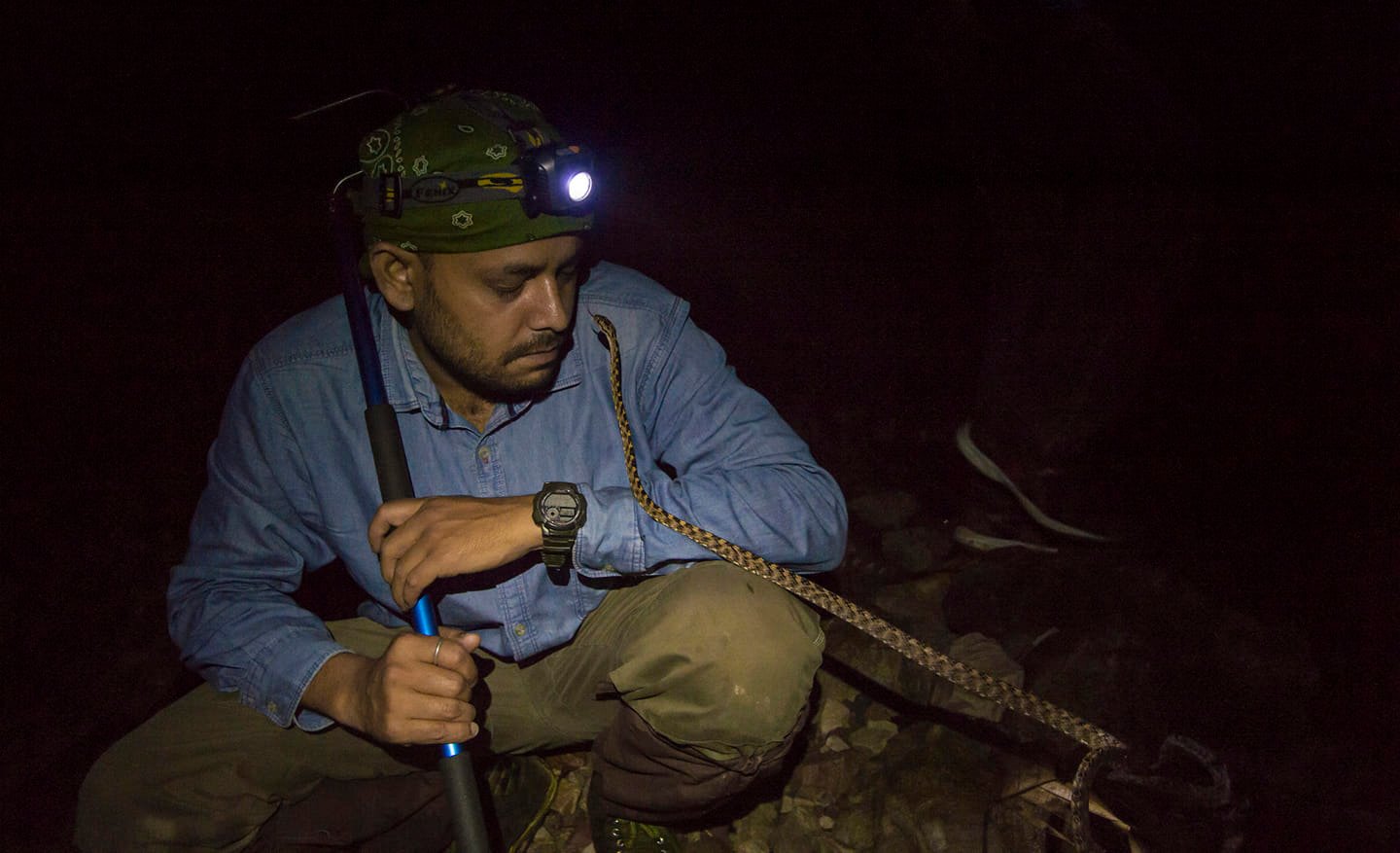
May 7: Transgressing the borders of mundane existence, when one peeps through the natural landscape, it becomes possible to grasp and internalise a plethora of subtle beings who coexists the homo sapiens in this planet. The multi-coloured wildlife, if observed with apt attention evokes awe and admiration. Well, Wildlife is not just about putting up pictures and posts on social media, it goes much beyond this and takes one to the deep alleys in the forests amidst a wide range of flora and fauna. This piece is such an amazing journey juxtaposed with favourite halts to the world of wildlife through the lens of Dr. Abhijit Das captured keenly by Dr. Himabrata Das with additional inputs from Neelotpal Chanda for way2barak.
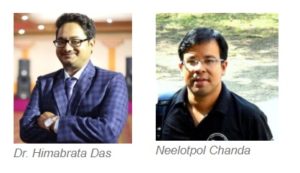
Pierced by the tortuous convolutions of the Barak, neatly tucked away on the foothills of the Borail Range and blessed with a delectable diversity of vegetation coupled with a rich faunistic composition lies the captivating constituency of Borkhola. This delight for nature lovers is characterised by riparian vistas, breathtaking water bodies, undulating terrains and steep,mountainous slopes and houses economically important secondary landscapes such as tea gardens,extensive bamboo brakes, tree plantations and village gardens. Graced by the Ranachandi Temple, the shrine to the reigning deity Dosobhuja, the iconic Nirmata Temple and the Madan Mohan Temple at Ranighat, Borkhola enjoys a glorious place in the history of the Barak Valley.
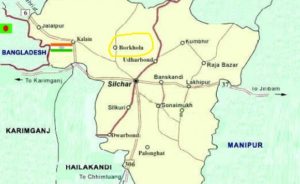 In 1736, the Cachari king Kirtichandra Narayan appointed Moniram Dev Laskar as the Revenue Collector (equivalent to a modern-day Deputy Commissioner), the latter being instrumental in founding the Nirmata Temple. This was a significant step in the expansion of the Cachari kingdom. During the reign of King Suradarpa Narayan, Durga Puja was patronised throughout the region as the royal family in Maibong came increasingly under Hindu influence. In 1780, the Durga Puja was organised for the first time in the Dev Laskar household. The tradition has withstood the sands of time for the last 250 years, the illustrious family producing some of the most remarkable figures in the chequered history of the Barak Valley.
In 1736, the Cachari king Kirtichandra Narayan appointed Moniram Dev Laskar as the Revenue Collector (equivalent to a modern-day Deputy Commissioner), the latter being instrumental in founding the Nirmata Temple. This was a significant step in the expansion of the Cachari kingdom. During the reign of King Suradarpa Narayan, Durga Puja was patronised throughout the region as the royal family in Maibong came increasingly under Hindu influence. In 1780, the Durga Puja was organised for the first time in the Dev Laskar household. The tradition has withstood the sands of time for the last 250 years, the illustrious family producing some of the most remarkable figures in the chequered history of the Barak Valley.
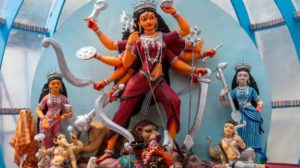 Out of the many outstanding personalities, who have brought laurels to Borkhola, Dr Abhijit Das stands out as an exceptional genius. An alumnus of Raja Govinda Chandra Memorial Higher Secondary School, Barkhala and Gurucharan College where he completed his B.Sc in Zoology, Dr Das did his M.Sc from Gauhati University before completing his PhD in Zoology from Utkal University, Odisha. Dr Das is currently a distinguished faculty member at the Wildlife Institute of India, an Autonomous Institution of the Ministry of Environment, Forest and Climate Change, Government of India at Dehradun, Uttarakhand with his primary research areas being morphological and molecular systematics, bio-geography and conservation. His long term research interest lies in understanding evolutionary origin and diversification of Himalayan herpetofauna.
Out of the many outstanding personalities, who have brought laurels to Borkhola, Dr Abhijit Das stands out as an exceptional genius. An alumnus of Raja Govinda Chandra Memorial Higher Secondary School, Barkhala and Gurucharan College where he completed his B.Sc in Zoology, Dr Das did his M.Sc from Gauhati University before completing his PhD in Zoology from Utkal University, Odisha. Dr Das is currently a distinguished faculty member at the Wildlife Institute of India, an Autonomous Institution of the Ministry of Environment, Forest and Climate Change, Government of India at Dehradun, Uttarakhand with his primary research areas being morphological and molecular systematics, bio-geography and conservation. His long term research interest lies in understanding evolutionary origin and diversification of Himalayan herpetofauna.
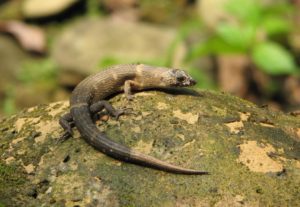
“I am originally from a village in Cachar called Borkhola. I grew up close to the Borail Hill range and used to love forests and wildlife especially less appreciated creatures like snakes and frogs. During my graduation from GC College, I took up wildlife as a study subject. While doing my M.Sc from Gauhati University, I decided to pursue my career in wildlife research. I worked with the conservation NGO AARANYAK and I completed my Ph.D from Utkal University on the snakes of Northeast India. I always had an innate affinity to wilderness but never knew that this could be studied. I found frogs and snakes intriguing because of their maintenance free lifestyle similar to that of the village people. Yet they are highly diversified and many of the snakes can do almost anything (climb, swim, hunt, glide) without any limbs.
 Snakes have a place of prominence in folklore and popular culture and have been associated with both life as well death. The mystery about snakes stems from the fact that no matter how hard we try, we can’t understand them well. The shedding of the skin has been associated with rejuvenation since antiquity while snake venom owing to its lethality is a cultural symbol of death. Snakes have a dual importance in maintaining ecological balance as they are both predators (rodent killers) as well as prey (being eaten by many birds and wild cats)”, says the scientist as I listen with rapt attention. This is like a Biology masterclass from an exceptional researcher.
Snakes have a place of prominence in folklore and popular culture and have been associated with both life as well death. The mystery about snakes stems from the fact that no matter how hard we try, we can’t understand them well. The shedding of the skin has been associated with rejuvenation since antiquity while snake venom owing to its lethality is a cultural symbol of death. Snakes have a dual importance in maintaining ecological balance as they are both predators (rodent killers) as well as prey (being eaten by many birds and wild cats)”, says the scientist as I listen with rapt attention. This is like a Biology masterclass from an exceptional researcher.
 Dr Das continues, “It is interesting that as a possible impact of climate change we are witnessing range expansion of a number of species including Russell’s viper. Also recently, we came to the conclusion that Rhabdops in the mountain streams and those found in the Western Ghats have different DNA and we published our finding. The study of lizards is also one of my areas of interest. Being coldblooded, snakes come out to the highways and metalled roads to absorb heat. Many snakes are killed by fast moving vehicles.
Dr Das continues, “It is interesting that as a possible impact of climate change we are witnessing range expansion of a number of species including Russell’s viper. Also recently, we came to the conclusion that Rhabdops in the mountain streams and those found in the Western Ghats have different DNA and we published our finding. The study of lizards is also one of my areas of interest. Being coldblooded, snakes come out to the highways and metalled roads to absorb heat. Many snakes are killed by fast moving vehicles.
 As an evolutionary strategy, snakes in the cold climates of high altitudes retain their eggs for maximum amount of time possible. Fish and amphibians have no cover outside their egg as opposed to reptiles. As descendants of the great dinosaurs, lizards and snakes exhibit a lot more diversity (>80000 species) compared to their related species of turtles (<400 species) and crocodiles (<50 species). Snakes are truly evolved creatures considering how they lost their limbs on the same lines as earthworms, certain insects, Sicilian Frog or limbless amphibians to give themselves a competitive edge. They can modify their body structure according to their habitat. They have a very sophisticated venom delivery system. Some snakes such as Pit Vipers have sensors which are incredible advancements in terms of evolution.”
As an evolutionary strategy, snakes in the cold climates of high altitudes retain their eggs for maximum amount of time possible. Fish and amphibians have no cover outside their egg as opposed to reptiles. As descendants of the great dinosaurs, lizards and snakes exhibit a lot more diversity (>80000 species) compared to their related species of turtles (<400 species) and crocodiles (<50 species). Snakes are truly evolved creatures considering how they lost their limbs on the same lines as earthworms, certain insects, Sicilian Frog or limbless amphibians to give themselves a competitive edge. They can modify their body structure according to their habitat. They have a very sophisticated venom delivery system. Some snakes such as Pit Vipers have sensors which are incredible advancements in terms of evolution.”
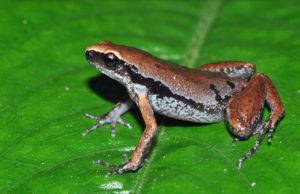
Dr Das concludes with these words for youngsters who wish to take up wildlife as a career option, “A career in wildlife demands a young mind, bright ideas, inquisitiveness and strong feet. The good thing is that anyone from any stream can work for wildlife… it is more of a social service than a personal career. One can be a researcher, photographer, filmmaker, freelance writer or a storyteller…all can contribute. Youngsters need to visit remote areas withstanding all difficulties to gather information about the natural world. Wildlife is not just about putting up pictures and posts on Facebook. Wildlife should be a pursuit to understand the why, the how and the when about life around us.”
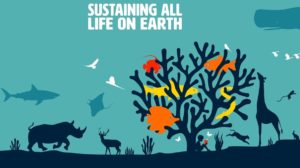 The scientist delights with his Borkhola brilliance, sounding poetic and philosophical and evokes in me the tranquility of the Doloo Lake, the magical thinking that takes over as you cross Rani Feri and the yearning that overcomes you as the train halts at Chandranathpur on your way back home.
The scientist delights with his Borkhola brilliance, sounding poetic and philosophical and evokes in me the tranquility of the Doloo Lake, the magical thinking that takes over as you cross Rani Feri and the yearning that overcomes you as the train halts at Chandranathpur on your way back home.
Also Read: Dr.Sazzad Hossain Shawon from Dhaka speaks about COVID-19 with Dr.Himabrata Das
*Dr. Himabrata Das, Registrar, Department of Psychiatry, Tezpur Medical College & Hospital (TMCH). Apart from this, he is a vivid lover of sports, art, culture, nature and an eloquent commentator and a columnist.
**Neelotpal Chanda, also a proud son of Borkhola, is a Ph.D scholar in the Department of Mass Communication, Assam University and is working on Media Literacy and attempts to unravel the phenomena of fake news and disinformation. He has worked in the media industry and various educational institutions pertaining to communication teaching and education. He cherishes working with Dr Das for his University project and remembers carrying a story with the headline “Barak Valley finds its own Steve Irwin)




